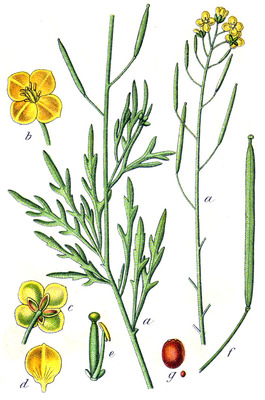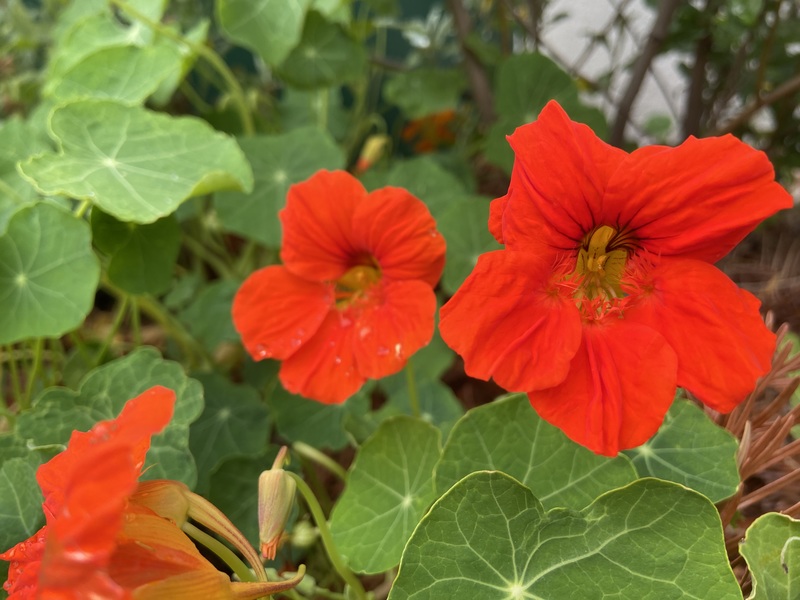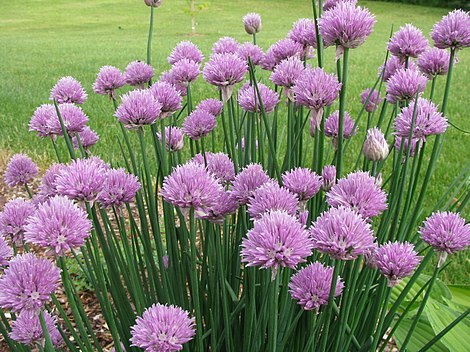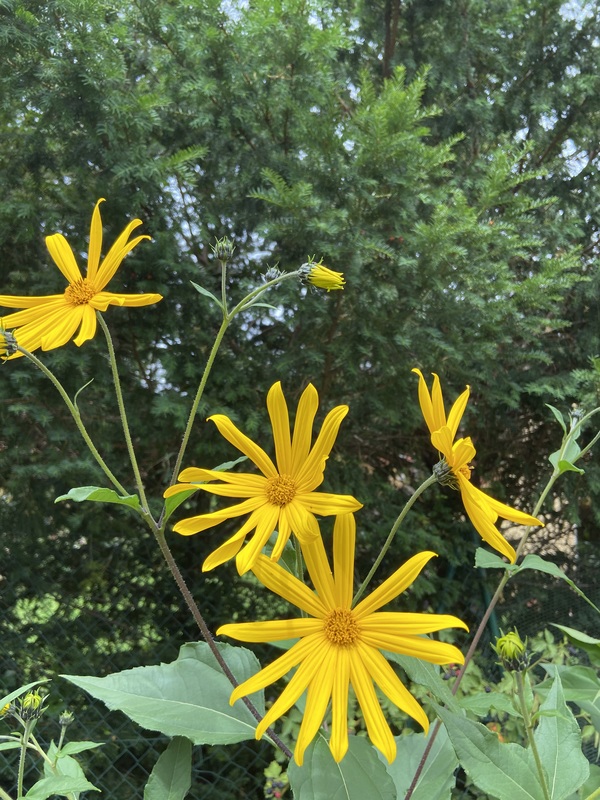Description
Wild arugula, also known as Diplotaxis tenuifolia, is a plant native to the Mediterranean region. It is a small herb with elongated leaves that have a deeply lobed or serrated appearance. The leaves are a dark green color and are arranged in a basal rosette. The plant produces small, yellow flowers that bloom in the summer.
In terms of growth, wild arugula is a fast-growing plant that can reach up to 30 cm in height. It prefers well-draining, fertile soil and can tolerate partial shade, but grows best in full sun. It is also a hardy plant that can withstand cold temperatures and is often grown as a winter crop in colder climates.
Wild arugula is a popular edible plant, with the leaves and flowers being the most commonly eaten parts. The leaves have a spicy, pungent flavor that is often used in salads and as a garnish. The flowers are also edible and can be used as a garnish or added to salads for a mild, mustard-like flavor. The leaves and flowers can be stored in the refrigerator for a few days after harvest.
In addition to its culinary uses, wild arugula has a number of other uses. It is often used as a companion plant in gardens, as it can help to repel certain pests and attract beneficial insects. Additionally, the plant has a number of medicinal uses, including the treatment of wounds, rashes, and respiratory infections.
Propagation - Direct sowing
Direct sow every 3 weeks from late winter to spring, then again in fall for a fall/winter crop.
Propagation - Transplanting
Not necessary.
Links









